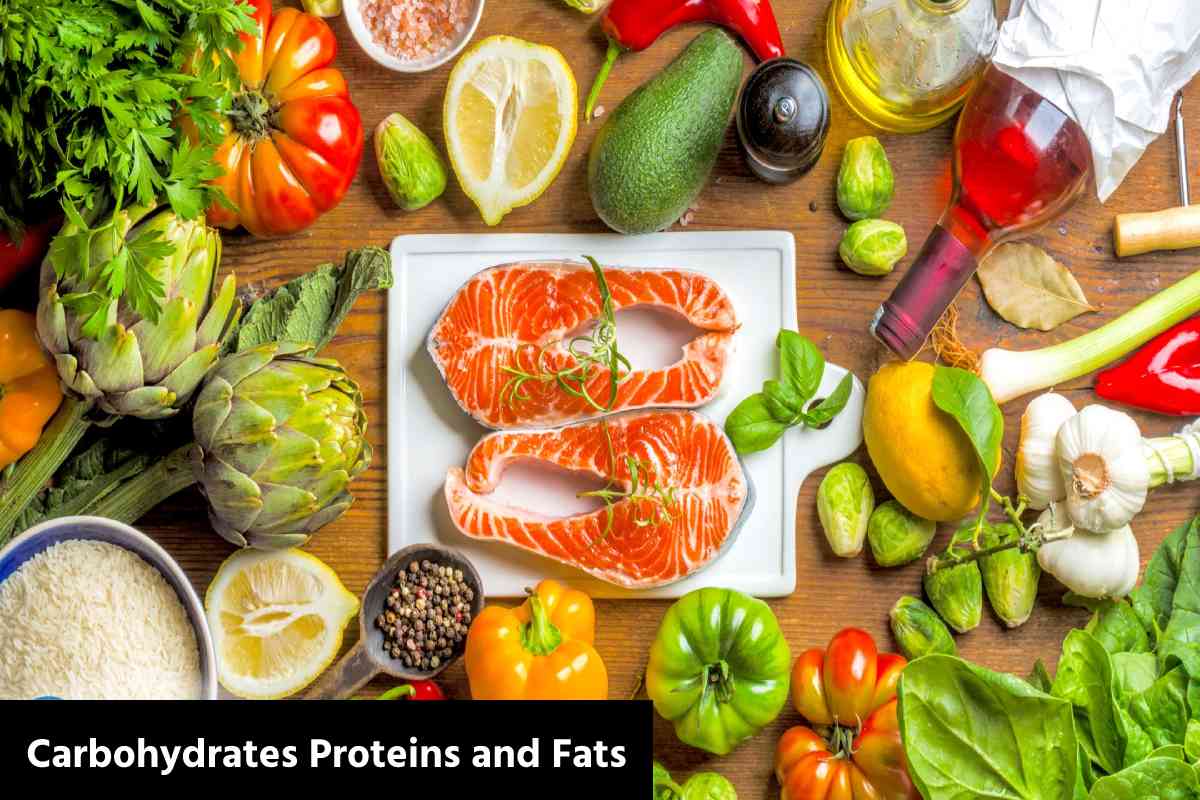Carbohydrates, proteins and fats are the three groups of macronutrients with which the Food and Agriculture Organization of the United Nations establishes a first classification among the elements that we ingest with each food, especially considering the function that each one of them fulfils in our organism.
All three, combined with the micronutrients, are vitamins and minerals; they are essential in a balanced diet. Its presence in the correct Proportion will make the different menus respond to the needs of each individual. Logically, these needs are not the same in a baby as in an older adult, nor is a person who leads a sedentary life than in another who performs an intense physical activity daily.
Also read: How To Sleep Well With Essential Oils
The Balanced Proportion in the Diet of an Older Adult
Nutritionists insist on adapting the diet to the specific needs of each person. Even so, as a general idea, it is understood that a balanced menu should provide macronutrients in the following Proportion:
Carbohydrates: 50% – 55%
Proteins: 10% – 15%
Fat: 30% – 35%
This distribution is merely indicative. Increasing or reducing percentages will depend on many aspects. In the case of an older person, weight, Body Mass Index ( BMI ), lifestyle habits, the presence of diseases in which diet is decisive. Such as heart and valvular heart disease or diabetes, or the pharmacological treatments that you may be following, are just some of those factors that the nutritionist will have to consider when establishing a diet that is your best health ally.
As the Spanish Society of Geriatrics and Gerontology collects in its Guide to healthy eating and nutrition in the elderly, myths and realities, the percentages of macronutrients can undergo significant variations so that the diet is adequate as age advances. According to this body, this balanced diet should remain based on two essential concepts:
Quantity
The energy value of a suitable diet for an older adult should range between 1,750 and 2,500 Kcal./day. Lower amounts will require strict nutritional control, and it may be necessary to incorporate some nutritional supplement. However, exceed the maximum could trigger problems like overweight and obesity.
Quality
An older person needs to have a sufficient caloric intake from carbohydrates, which should account for approximately 60% of the macronutrients in their diet. It should remain remembered that part of these hydrates must be fibre (between 20-35 grams/day). It is essential to maintain a higher prevalence of slow-absorbing carbohydrates, such as those provided by cereals.
Proteins play a decisive role in the excellent condition of the muscles, preventing their deterioration. And decrease, something that implies a serious risk of suffering from sarcopenia. It is the reason why your percentage should never drop below 15%.
Finally, fats shouldn’t exceed the maximum of 30%, always choosing to include healthier foods in the diet, such as olive oil or those that provide foods such as oily fish or nuts rich in Omega 3.
Carbohydrates Proteins and Fats
Also read: How Does our Physique Improve When We Stop Smoking?


